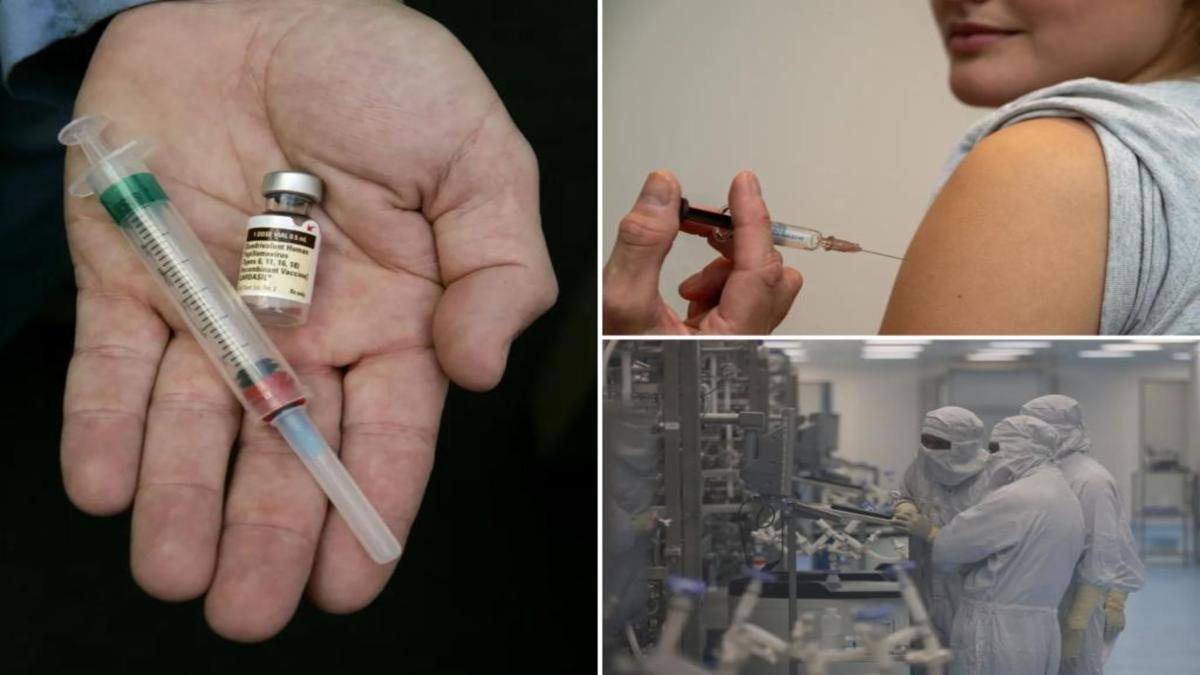Article Body
Introduction
The longstanding association between the human papillomavirus (HPV) vaccine and the prevention of cervical cancer in women is being rewritten. Medical authorities are sounding an urgent alarm: boys must also be vaccinated against HPV—not only to protect girls but to shield themselves from a host of potentially fatal cancers.
Doctors Rally for Equal Protection
Health professionals across the globe, including agencies like the U.S. Centers for Disease Control and Prevention (CDC) and the World Health Organization (WHO), are making it clear: HPV is a health risk for everyone, regardless of gender. The CDC now recommends routine HPV vaccination for both girls and boys, ideally between the ages of 11 and 12, though vaccination can start as early as age nine. These guidelines reflect growing recognition that HPV-related cancers affect males at worrying rates.
“We see an alarming rise in throat, anal, and penile cancers among men, all linked to persistent HPV infections,” stated Dr. Anika Sharma, infectious disease expert at Cleveland Clinic.
The Scope of the Problem
HPV is the most common sexually transmitted infection worldwide, and the virus can cause a range of ailments—from genital warts to multiple forms of cancer. In men, HPV is responsible for cancers of the penis, anus, and oropharynx (throat), with rates climbing especially among those unvaccinated.
Statistics show that over 85% of sexually active people will contract some form of HPV during their lifetime if unvaccinated—regardless of gender. Moreover, the infection is often silent, meaning carriers can transmit it without knowing.
“You don’t need symptoms to spread HPV. That’s why universal vaccination is so crucial,” emphasized Dr. Lucas Chen of Massachusetts General Hospital.
Recent Developments
The push for equal vaccination stems from years of under-vaccination in boys. As of 2019, only 4% of boys worldwide were fully vaccinated against HPV, compared to much higher rates in girls in countries with established programs. New findings published in March 2025 demonstrate a 62% drop in cervical cancer deaths among vaccinated women in the United States—a testament to the vaccine’s protective power. Yet experts caution that exclusive focus on girls leaves boys and communities vulnerable.
Official Recommendations and Implementation
-
CDC: Recommends HPV vaccination for all children starting at age 11 or 12, for both boys and girls.
-
WHO: Advises that boys should be secondary targets for vaccination to curb transmission and disease.
-
ACOG (American College of Obstetricians and Gynecologists): Urges obstetricians, gynecologists, and pediatricians to recommend the vaccine to both sexes, citing overwhelming safety and efficacy.
Safety and Side Effects
Years of comprehensive research confirm that the HPV vaccine is safe for all. Most side effects are mild: swelling or redness at the injection site, brief dizziness, or headaches. Serious reactions are exceedingly rare.
The Data Gap and Next Steps
Despite these recommendations, vaccination coverage among boys continues to lag. Physicians report that misunderstandings, limited awareness, and at times, cost barriers hinder uptake, especially in lower-income areas and countries.
A statement from WHO warns: “It’s vital that countries strengthen their HPV vaccination programmes, expedite implementation, and reverse the declines in coverage”.
Conclusion
With mounting evidence and clear guidelines, doctors and public health leaders are unified in their call: vaccinate boys to protect everyone. As HPV continues to threaten both men and women alike, the promise of a healthier, cancer-free generation depends on action today.
“HPV is not limited by gender, and neither should protection be,” said Dr. Sharma. “Equal vaccination is our best shot at eradicating HPV-related cancers.”
Further Reading:


Comments